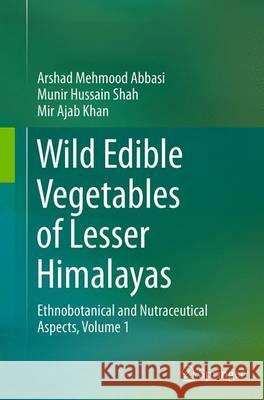Wild Edible Vegetables of Lesser Himalayas: Ethnobotanical and Nutraceutical Aspects, Volume 1 » książka
topmenu
Wild Edible Vegetables of Lesser Himalayas: Ethnobotanical and Nutraceutical Aspects, Volume 1
ISBN-13: 9783319361703 / Angielski / Miękka / 2016 / 360 str.
Kategorie:
Kategorie BISAC:
Wydawca:
Springer
Język:
Angielski
ISBN-13:
9783319361703
Rok wydania:
2016
Wydanie:
Softcover Repri
Ilość stron:
360
Oprawa:
Miękka
Wolumenów:
01











